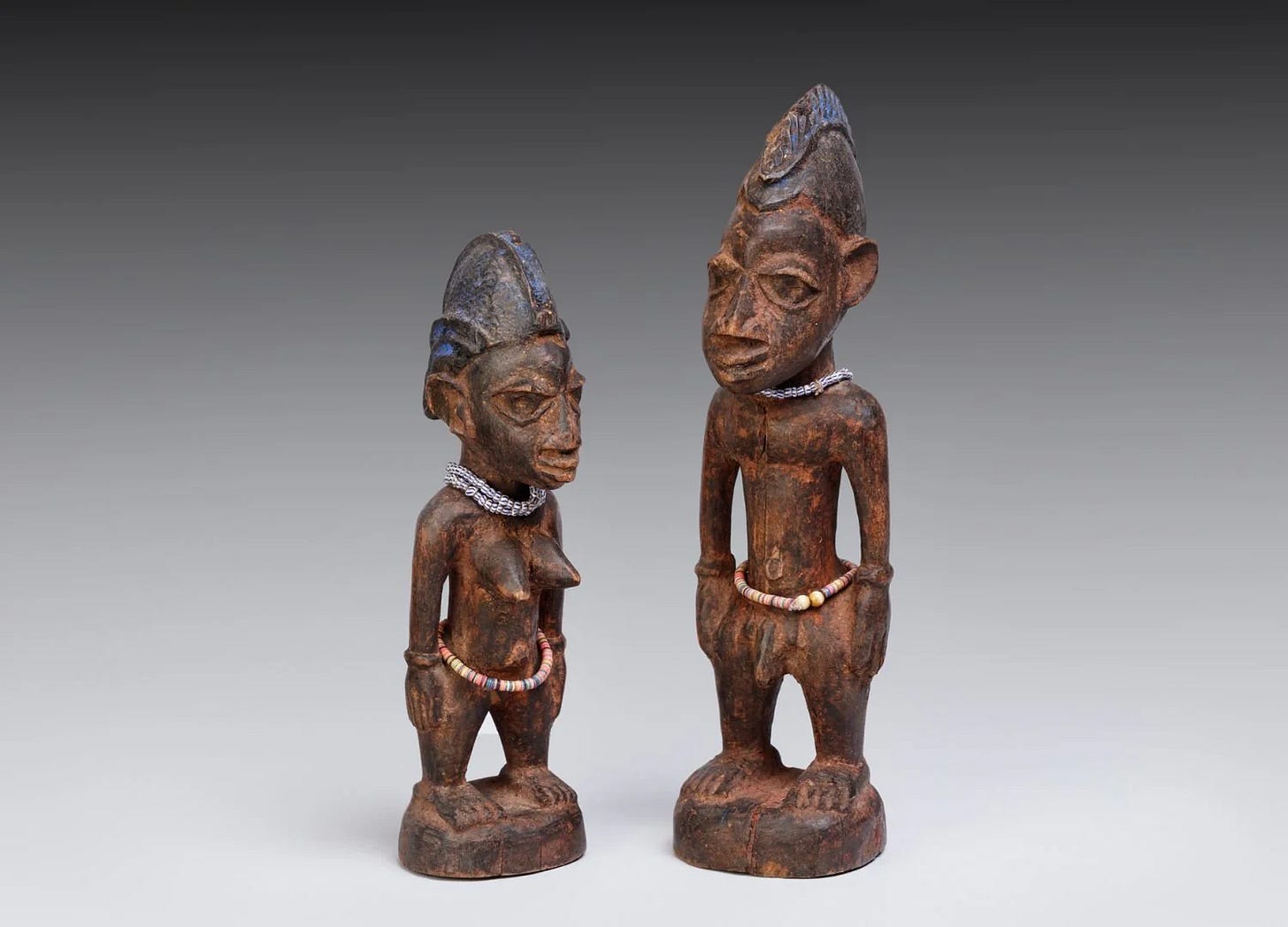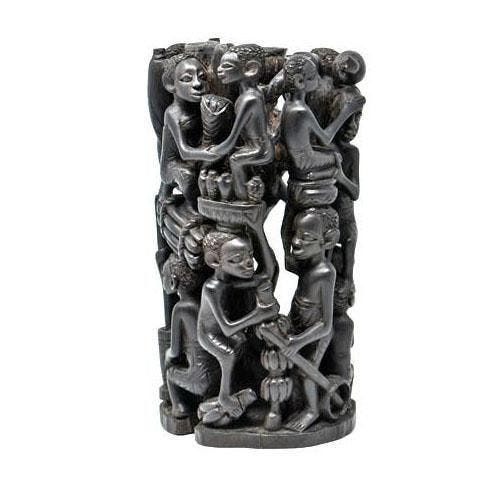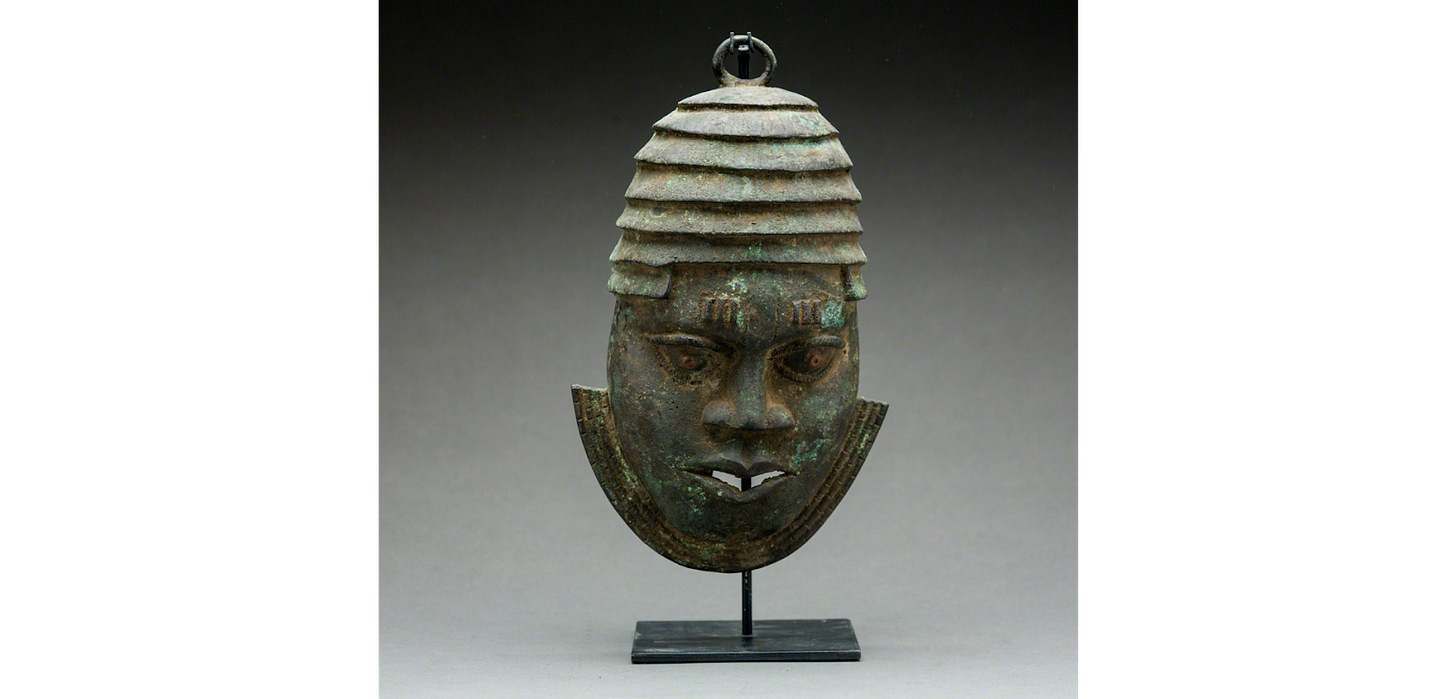More Than Art: How African Sculptures Bring Love to Life
Symbolism. Romance. Family. Spirituality

Love is a universal language, and art has long been one of its most profound expressions. Across different cultures, love is depicted in paintings, poetry, music, and sculptures.
In Africa, sculptures hold a special place in storytelling, symbolising emotions, beliefs, and traditions passed down through generations. Crafted from wood, bronze, stone, and terracotta, these artworks depict romantic, familial, and spiritual love, emphasising commitment, unity, and tradition. Unlike Western sculptures focused on physical beauty, African sculptures express love through symbolism—intertwined figures, embracing couples, and nurturing mothers.
As we continue to celebrate the true essence of love just days after Valentine’s Day, it's worth exploring how African sculptors have immortalised love in their works. This digest takes a deeper look at how African sculptures capture the true essence of love.
1. Symbolism of Love in African Sculptures
African sculptures are deeply rooted in symbolism. Every detail, from posture to texture, carries meaning. Love is often depicted through intertwined figures, embracing couples, or a mother cradling her child. These sculptures don’t just showcase affection; they represent commitment, unity, and sometimes even sacrifice. For example, the Bambara fertility sculptures from Mali depict a mother holding a child, symbolising both maternal love and fertility blessings. These figures are often placed in homes or used in ceremonies to encourage strong family bonds.
Similarly, the Yoruba Ere Ibeji twin sculptures represent the deep love between twins and their families. In Yoruba culture, twins are believed to share a powerful spiritual connection, and these sculptures serve as a way to honour and protect that bond.
2. Romantic Love in African Sculptures
Romantic love is a recurring theme in African sculpture, often symbolised by intimate gestures between male and female figures. Sculptors use various elements to highlight the importance of love and partnership in African societies.
One of the most iconic representations of romantic love comes from the Makonde people of Tanzania and Mozambique. Their Ujamaa (family tree) sculptures feature multiple generations of families carved into a single piece of wood. At the centre of these sculptures, couples are often depicted in close embrace, symbolising the foundation of strong families built on love and unity.
These romantic depictions emphasise that love is more than fleeting passion—it is about companionship, respect, and commitment, principles that African cultures have cherished for centuries.
3. Love Beyond Romance: Familial and Communal Affection
While romantic love is widely celebrated, African sculptures also highlight other forms of love—between parents and children, between siblings, and within communities. These depictions often emphasise the values of care, protection, and unity.
The Luba people of the Democratic Republic of Congo create sculptures that showcase female forms either surmounting or supporting objects such as headrests, staffs, spears, axes, or bowls. The female figure holding her breasts is the most common motif in Luba art. The gesture has multiple levels of meaning, symbolising respect, nurturing, and the role of women as mothers.
4. Spiritual Love and Connection in African Sculptures
In African traditions, love is not limited to the physical world. Many sculptures reflect spiritual love—the connection between humans and their ancestors, deities, and nature. These artworks serve both aesthetic and ritualistic purposes, symbolising devotion, guidance, and protection.
The Benin bronze plaques from Nigeria, for example, often depict kings and queens surrounded by attendants, symbolising divine love and respect for leadership. The belief that rulers were chosen by the gods reinforces the idea that love extends beyond human relationships to the spiritual realm.
African sculptures do more than just depict love; they bring it to life. Through symbolic gestures, intricate carvings, and deep spiritual meaning, these artworks capture the essence of love in its many forms—romantic, familial, communal, and divine. Unlike fleeting expressions of affection, these sculptures reflect love as a lasting, powerful force that connects people across generations.
If you're looking for an artistic way to celebrate love, African sculptures offer a unique and profound perspective—one that reminds us that love is not just felt but also beautifully carved into history.








